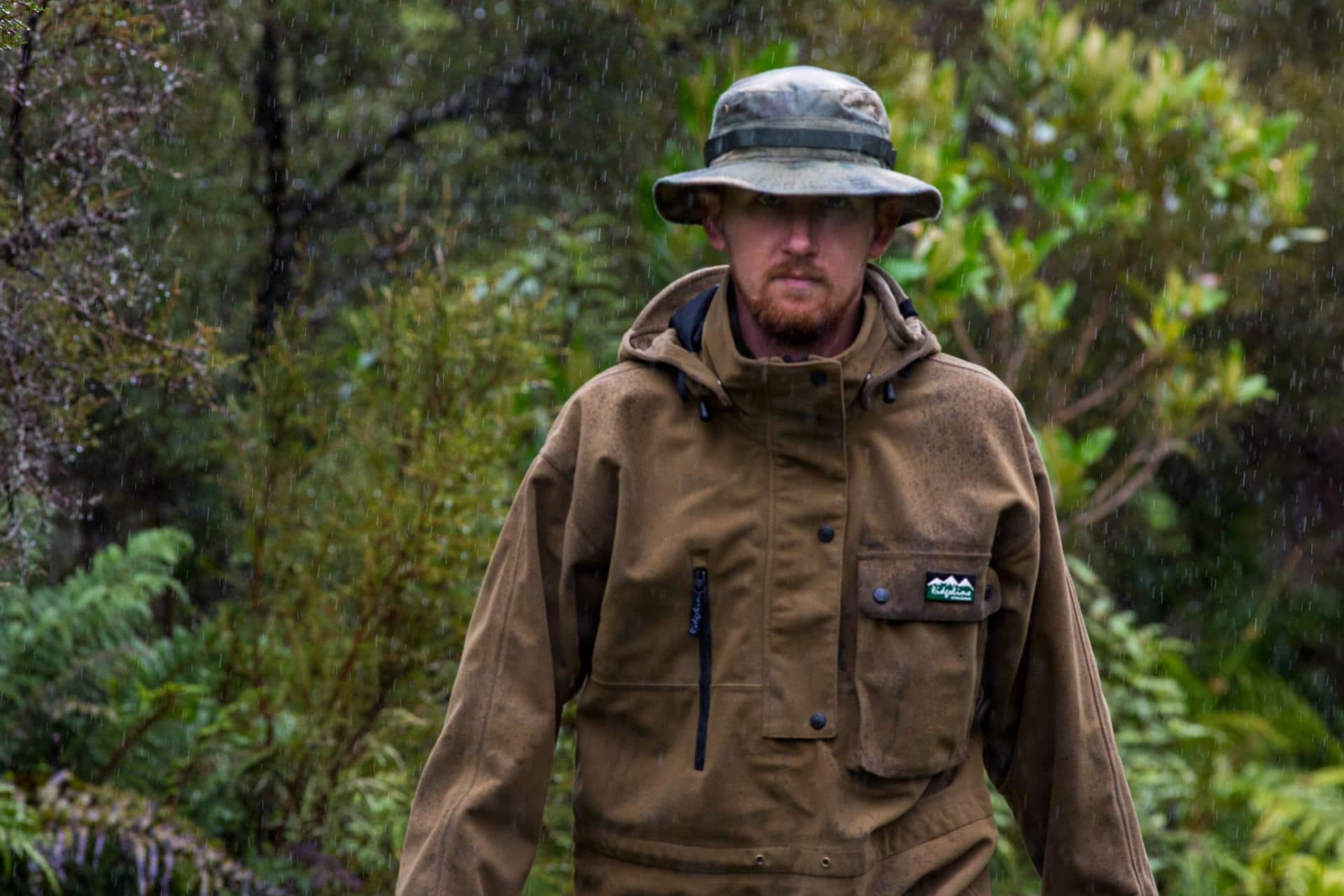Hi Kerry. I’m looking to update my hunting clothing as it is about 15 years old. Looking at getting some trousers and a shirt. Previously have gone with Stoney Creek and had no problems. So my go to would be that. However, there are quite a few more brands on the market these days. For example, Hunters Element. I had a look at their site and all looked good – but then read some not so good reviews – but they were from 2017 so things may have changed since then. Cheers
One Of the Blokes
The never-ending quest…
Back then, which was not long ago, the New Zealand market seemed to primarily have different flavours of fleece clothing. A lot of it still is. Many Kiwi hunters seem to be content with the material and loose fit of boxy designs. I skipped the generation of Swanni’s and wool, which is ironic, considering the direction I am heading toward.
Like many, I also went through the shorts and thermals stage – with gaiters. But by the time you got that all on, you were pretty close to wearing trousers. However, bush hunters tend to cross streams quite a bit – so that system worked well in many areas. However, I always preferred trousers and found myself leaning towards them. This has also been a predominant trend among others in the last few years.
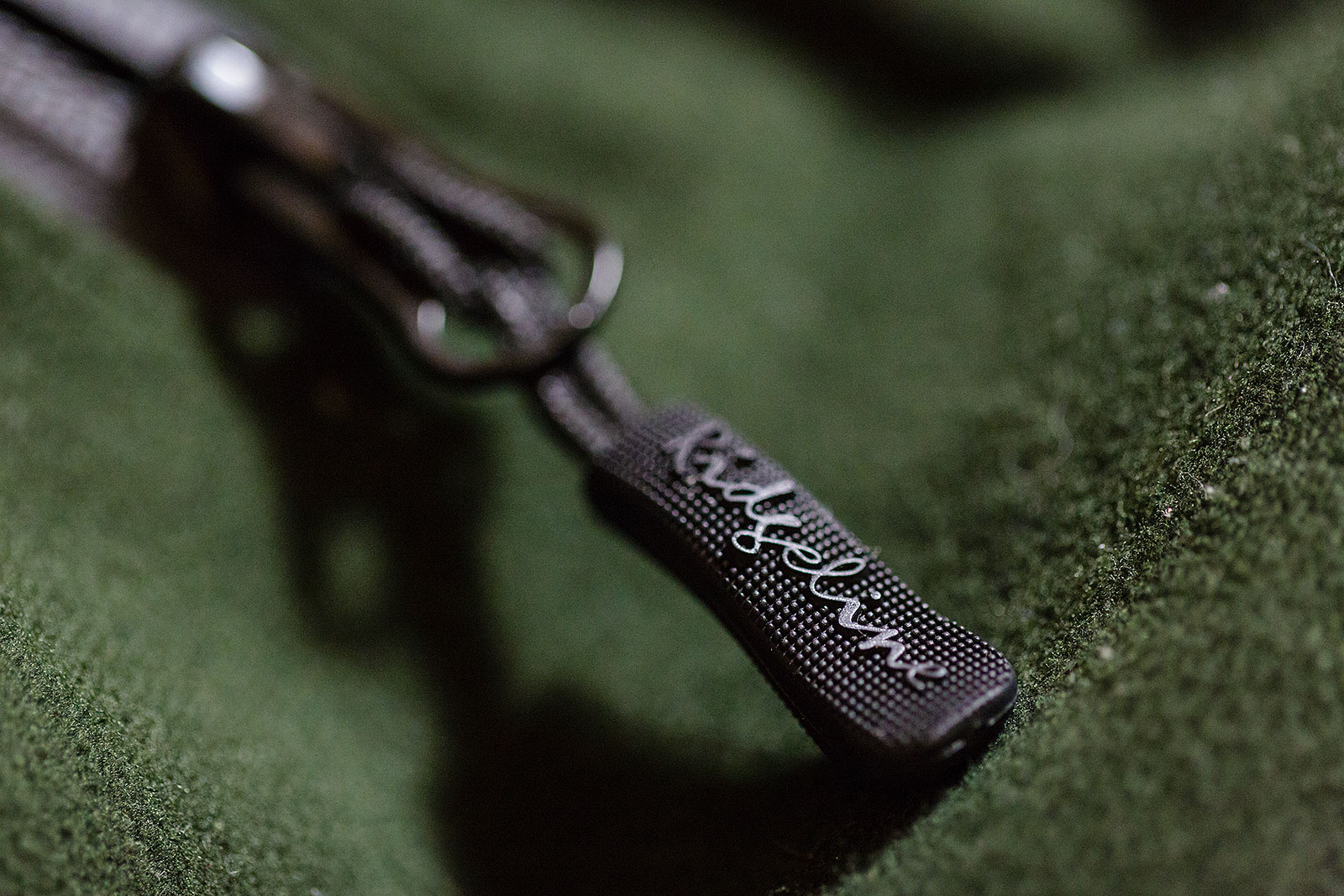
Brands
It began with Ridgeline.
I am not 100% sure why I started with Ridgeline – I think I had been researching several brands, Stoney Creek, Ridgeline, Huntech and more.
I was likely emailing some of these companies as well to get a review kit from them, at least for a bit of a discount, and I think it’s pretty possible that Ridgeline was the first to get back to me. At the time, it was still being imported and distributed by Cameron Outdoors – David and Linda Cameron – two great people in the industry.
The Ridgeline pants and shirts were functional but poorly fitting and almost the de facto standard. The trousers I had featured the ‘dry-arse’ seat – a patch of material that would keep your bum dry while sitting down on a wet log or surface – and still – it’s a great design idea. They were relatively straight-cut, with minimal features, but they did their job. The shirts, mesh and all, were generally polyester and coupled with some polypro thermals, they did their job.
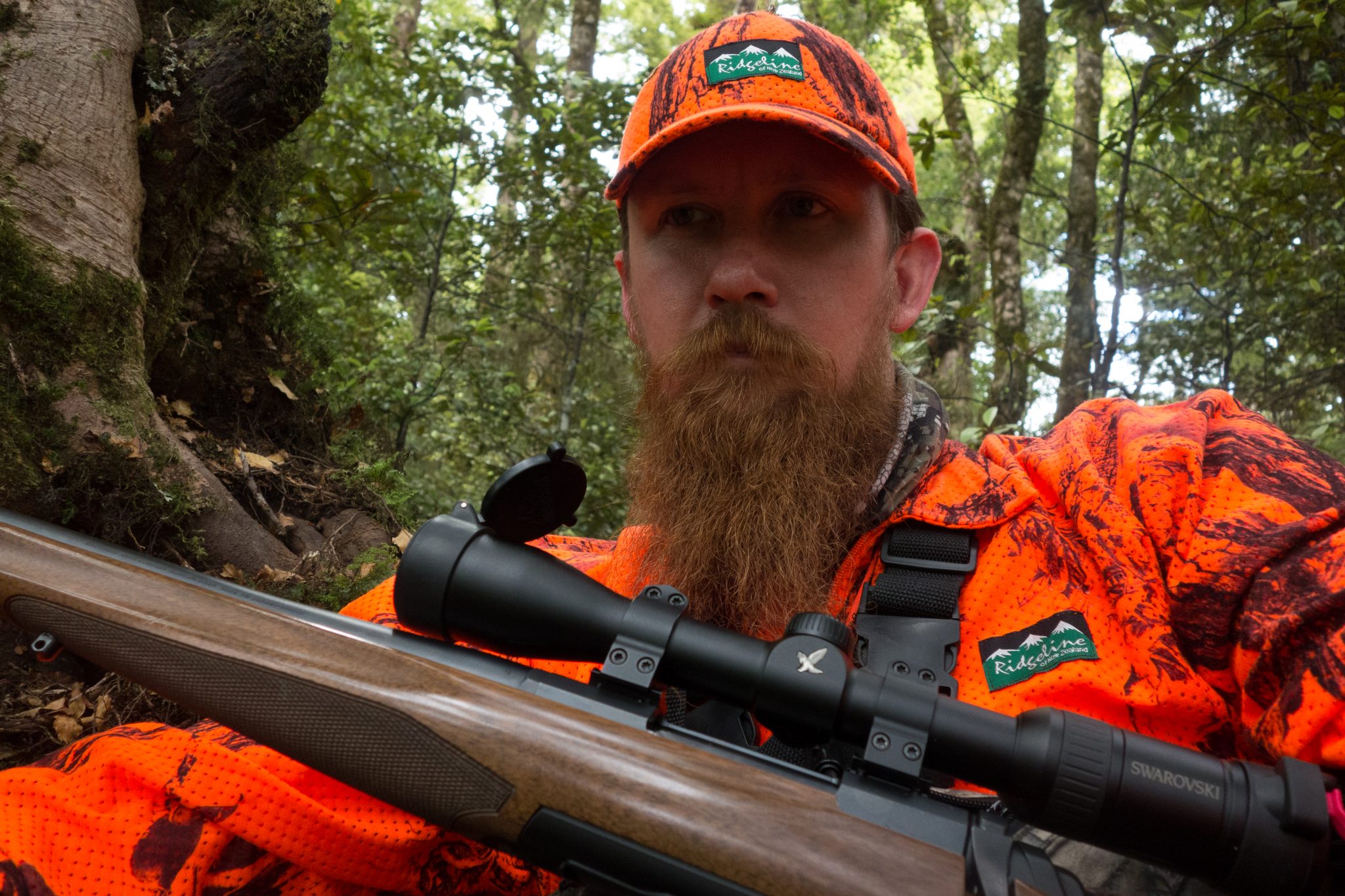
Ridgeline’s New Range
Looking at their current range – the Performance Series does seem to take things up a notch, and their Excape Camo tickles my fancy as a high-contrast camouflage option. They are still a relatively cheaper option, and I am happy to spend a little more staying comfortable and dry these days.
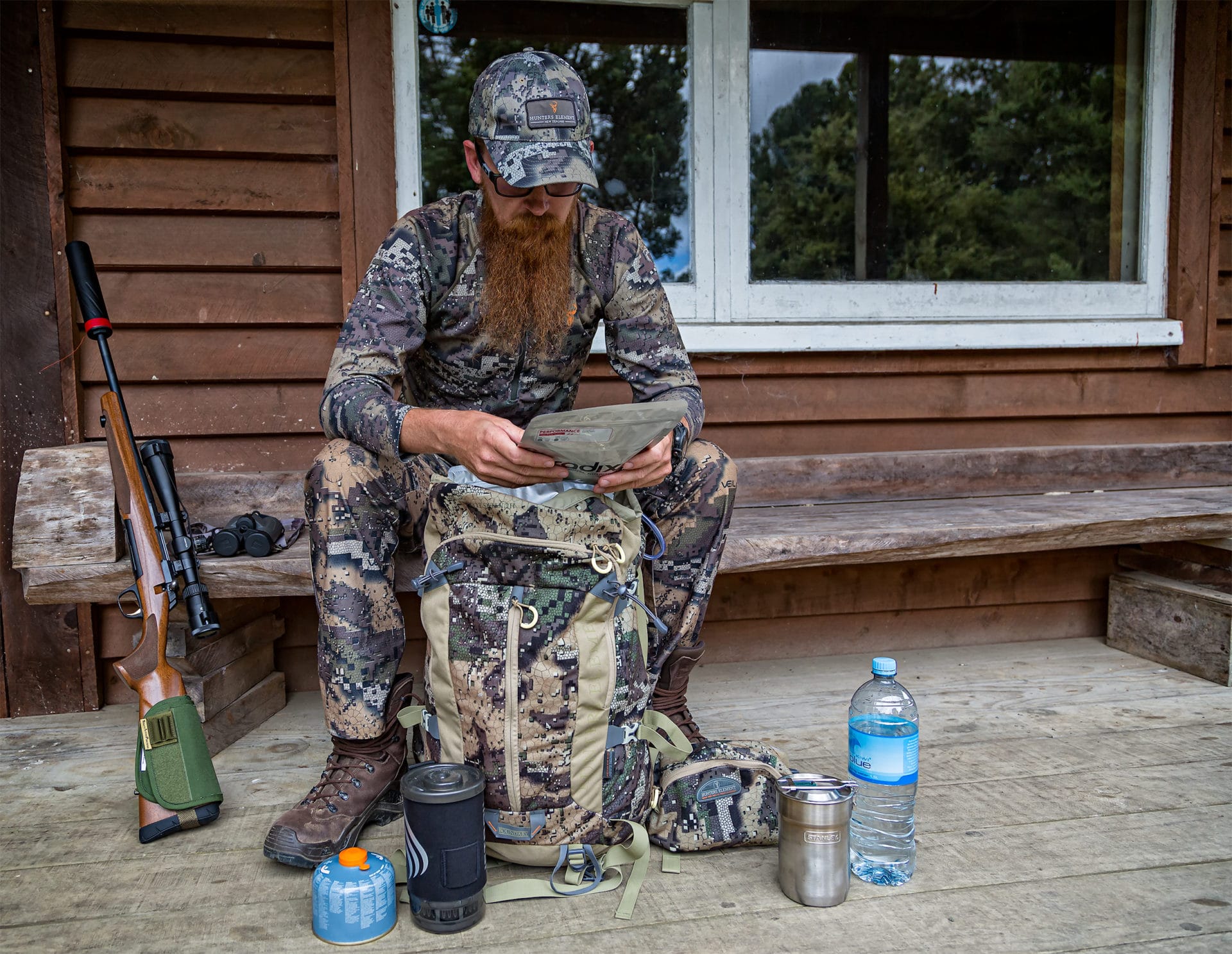
Hunters Element and Digital Camo
I interviewed Alex Broad several years ago, at the beginning of my infatuation with Hunters Element. Alex seemed to be injecting some much-needed design into Hunting Apparel, creating trousers that fitted like a pair of trousers, a somewhat more slender design, we shall say.
They were also the first (as far as I know) to introduce digital camo to local brands. The Desolve Veil was on point, appearing when I was reading up a lot on the various options for camouflage on the market. I had been considering moving into the Sitka range of clothing, as they have the newer theories of camouflage being incorporated into their designs, but very happily dived into the Veil system instead.
Over a fair few pieces now, I have noted that the colour match hasn’t always been right – and a few of their packs were notorious for fading and almost turning purple. I put this down to quality control in the Chinese Factories, and while I am sure the Deer don’t care when your jacket and trousers are a slightly different colour, it does tend to bug you.
All of Hunters Element’s products are manufactured overseas, and they were one, if not the first, company to push sustainability and ethical production values. Their down-sourcing and the story of the ducks it comes from is a great example; I have always admired Rob and all the crew for their ethos and pushing of the boundaries. If I lived down in Wellington, there is a good chance I would have worked and maybe still be working for them.
Now, Stoney Creek and recently Ridgeline have all caught up with their own Digital Offerings, which, in a bit, has also followed the trend of Hunting Gear becoming Fashion Gear, which is fine as long as the function keeps up. Again, Ironically, I find myself heading away from the digital systems, back into the blockier camouflages, not mimicry, but somewhere in between. Many new Digi systems are very dark and become large blobs under the canopy. It seems more important to break up your outline, and I still think some ASAT patterns do this very well. Bigger, significant, bolder camo designs that, while maybe not as pleasing to the human eye (who sees somewhat differently than the animals we hunt) work well for their intended purpose.
Bush Buck, Game Gear, etc
Now, we have a pile of new brands out there. While some have unique designs, I am picking many that are also primarily branding exercises, taking the Chinese OEM manufacturing process, rebranding it, and selling it to the local market. There is nothing wrong with this, and often, it’s also price-driven, but the more I test and try this stuff, the more I find myself leaning towards forward-thinking designers and innovators.
VRTBR – Nordic Smarts
I first heard of VRTBR through Thomas (Norway) THLR. His hunting gear introduced me to the European world of hunting clothing – not something I had been exposed to much in NZ. After wading through the Fjallraven catalogue and realising that I likely wasn’t going Reindeer Herding anytime soon, I met the designers and team for VRTBR. I was immediately struck by their ethos and intelligent design.
I received their hunting kit ‘pack’, which included the thermals, insulation, Fleece, and waterproofs, and they broke me in regards to a lot of the local offerings.
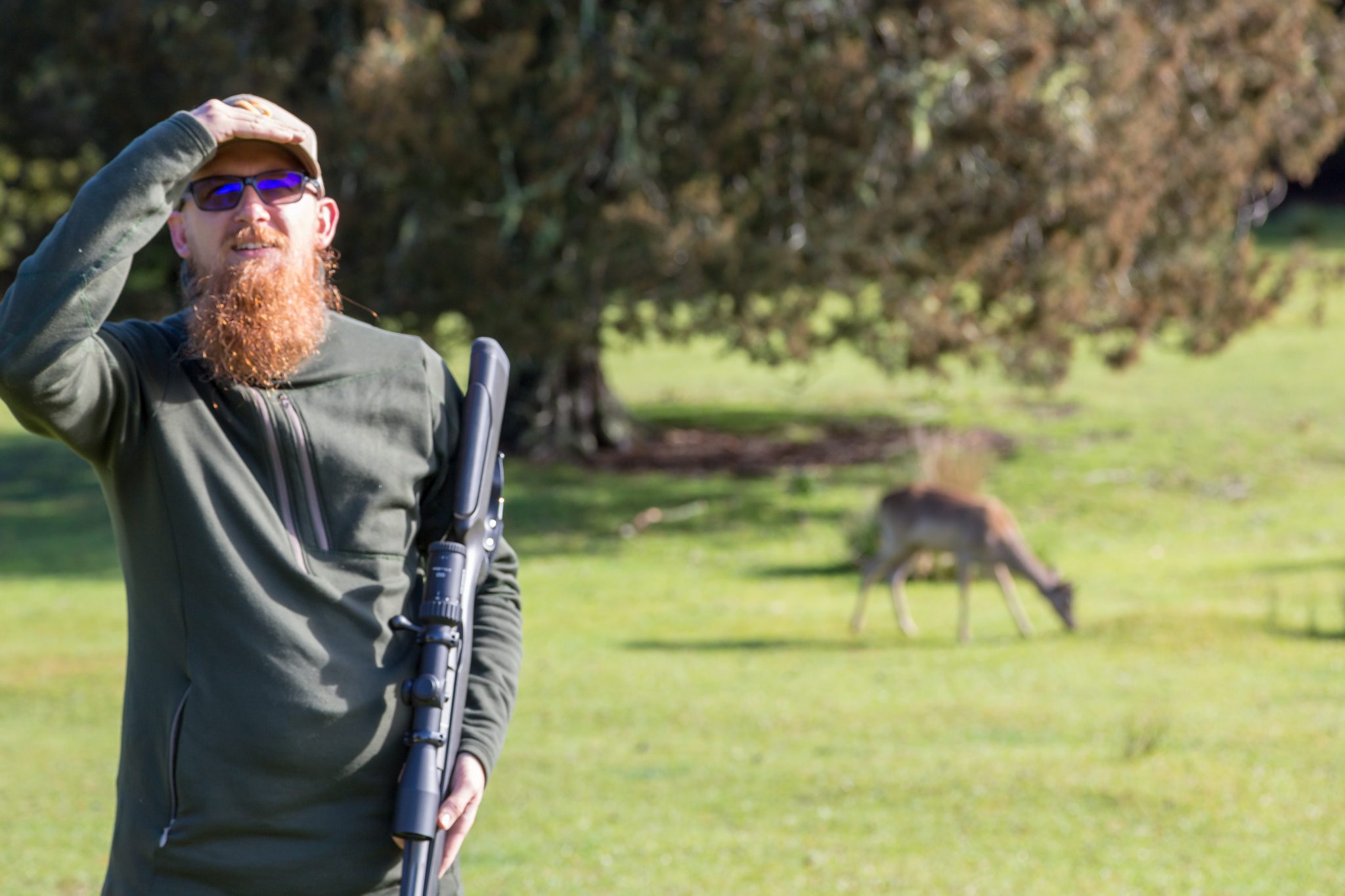
I thought the Hunters Element kit was designed for people who were my shape. Well, it seems that the Nordic Companies also have it nailed. Long arms, legs, and insanely clever incorporations into their kit lifted the standard. The padded seat in the long jacket, the drying pocket, and the bellowing side zippers to change fitting over insulation are all smart, intelligent additions. The fleece top is one of my favourite and most worn pieces of clothing, and I am equally happy wearing it in a fancy restaurant as I would be in the bush. Seriously.
However, the jacket and trousers are waterproof. While very flexible in their use, they are a bit overkill during the warmer and dryer seasons, so I still keep looking.
I have looked at the Kuiu offerings as well. Again, they are undoubtedly well built and well made, but it’s an American company with some NZ connections that keep getting my attention.
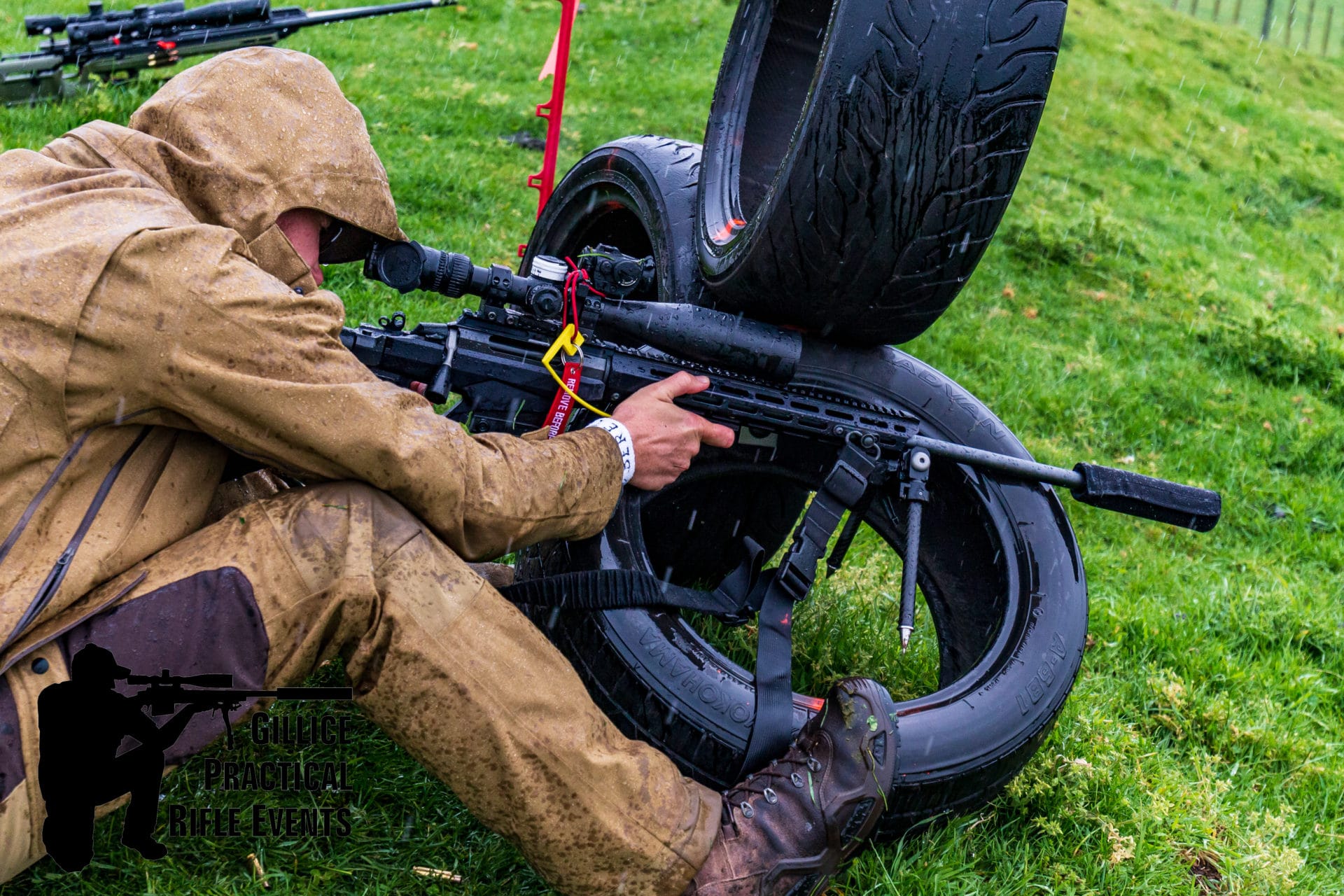
First Lite
Maybe it’s their involvement with The Meateater Show, one of my favourite hunting content providers, or the incorporation of NZ Merino Wool into most of their garments, including wool trousers. Still, the First Lite Range keeps getting my attention and interest. I did look at importing the range at one point – but this was just as Points South was getting into (they already had their order underway), and I couldn’t see the point of both of us trying to distribute and sell the same range.
So far, I have worn through several pairs of their socks. This isn’t a criticism; it is more of a reflection of how much I have worn the things. They are my first option for tramping and bush socks, replacing the Icebreaker options I had previously worn and will continue to be so for a while.
For various reasons, I haven’t been hunting much in the last year and a bit – so most of my clothing purchases have been more on the range and field shooting function side of things in the form of UF Pro and, recently All Skill No Luck – companies doing innovative things. However, I have some more hunting planned and seriously consider adding parts from the First Lite range to the closet. It’s not cheap, that is for sure, it is eye-wateringly expensive in some cases – but – like the UF Pro trousers I own, I have learnt that investing in one high quality and carefully thought through piece of kit is how I prefer to do things. The Obsidian Pants, Sawtooth Jacket, and maybe, when they finally give up the ghost, they will replace the MacPac Down and VRTBR waterproofs with the matching kit. To be fair, that could be some time with the amount I get out now!
General Thoughts
Chinese Made
Really, at the time, there wasn’t a whole lot to differentiate between the different brands. You had Swazi, touted as the Kiwi Made option, but, in reality, a large part of their range, like most of the other brands, were all made in China. I would suggest that many brands were picking and mixing from Chinese Factory brochures – adding a pocket here, a slight change here. I would suggest that you could find many of the same clothing with a different label around the world. I would also suggest that there are a few current brands that pretty much still do the same thing (rebranded Harris Bipod clones, for example).
At the time, Huntech seemed to be the expectation, but they have changed hands since then, so, likely, that is no longer the case. I was interested in their unique bivy design, but Stoney Creek copied that long ago.
Waterproofs
I had a couple of Ridgeline Anoraks, and to be blunt, most of them did an ok but not overly exciting job. The main one I wore had a double cuff of neoprene, while, in theory, it was a good idea, tended to attract water and wick it up onto the forearms, holding cold water there once wet.
Also, like most jackets, which are generally an ‘off-brand’ copy of GoreTex or Event membrane layered with a brushed tricot, they would wet out (the tricot mainly), meaning they would no longer breathe. You would soon be wet, and not necessarily from the precipitation coming down from the sky.
This has been the other odd trend I have noticed – many Kiwi Hunters are okay with eventually wetting out in their waterproofs. Finding some truly functional waterproofs has always seemed to be the main challenge.
I have used the Hunters Element products for years – though not the latest Odyssey Range, so I can’t comment. While their design significantly improved over the Ridgeline of the time, they would still wet out rather quickly, despite retreatment as advised. I put much of this down to the changing waterproofing treatments (not using PTFE, not for the better. Well. It is better for the environment, not better for keeping dry.
These days, I tend to rely on the great VRTBR kit that I have, not a local brand, but so far, the pinnacle of design I have come across.
Enter Merino and Down
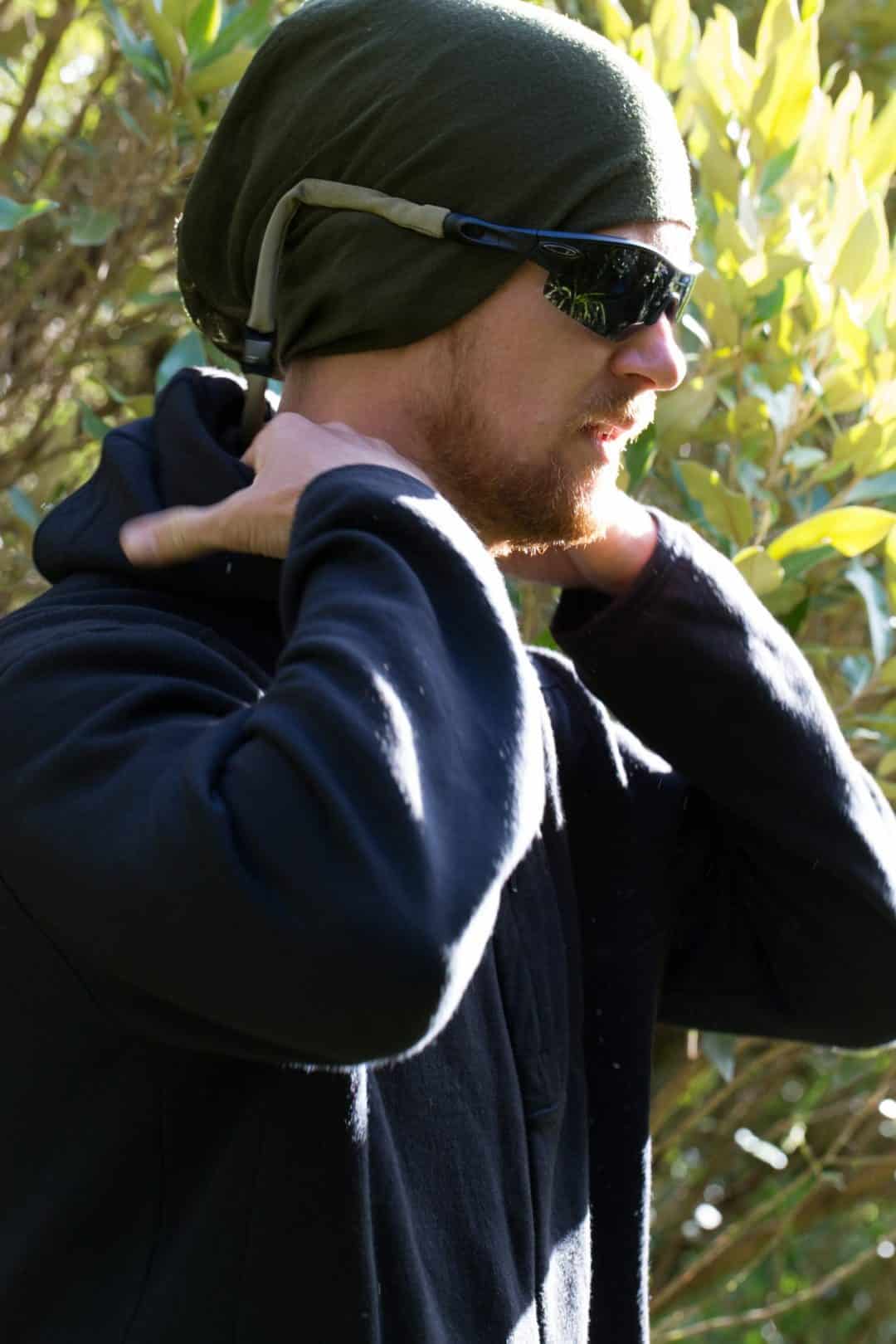
Somewhere along my path, I picked up some Icebreaker Merino. I instantly fell in love with the thermal management properties and odour-suppressing capability of merino wool. My feet used to stink, especially after spending time in any cotton or synthetic material. I have also tried Bamboo and some other oddball attempts at material. Still, nothing seems to be as comfortable across various temperatures and not smell after a hard day’s hike as Merino socks. I have weight ranges from liners to the awesome heavy mountain socks (that they don’t seem to do anymore).
I am sold on Merino, but, as I will talk about later, some modern improvements will be made to the material.
I have always found it odd and frustrating that despite being an NZ company, the Icebreaker brand has never made hunting lines available in NZ. Overseas, you can find some camo patterns – but never here. I have asked a couple of times why this is the case, being that I would think it would be logical to make it available in the home country, which has a lot of hunting, but it doesn’t seem to be on the books.
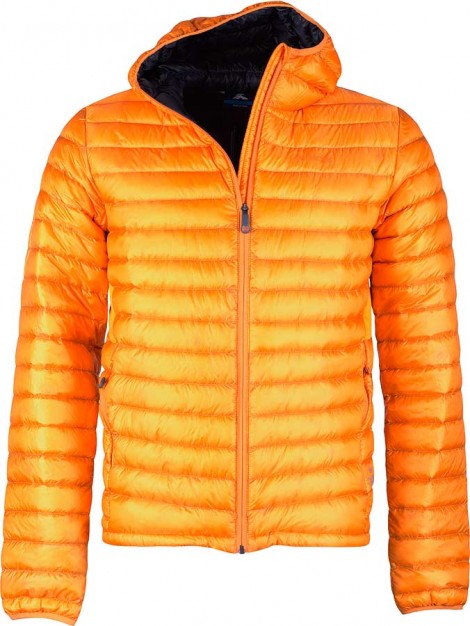
I have also fallen a little in love with Down. Again, it’s a combination of comfort and function. The breathability of my clothing pieces is essential to me – because while I have super warm jackets (the Hunters Element Razor Elite being a prime example), they seem to go from nice and toasty to stuffy and borderline wet and clingy fast. The Razor is a piece I can only put on when I am pretty cold, and I need it to come off fast if I decide to move in it. I guess it would make for a great glassing or early morning MaiMai piece – but those are not things I do much of. It’s down, but something about it doesn’t seem to regulate well.
My MacPac Supernova Jacket is one of my favourite insulation pieces. I have ripped it open and had the lads at Twin Needle repair it, so it has battle scars, and I tend to grab it and stow it whenever I think things might get cold. Because it packs so small, it travels with me everywhere, but it’s a little fragile, so it won’t go bush-bashing with me.
Updates
This is one of the oldest articles on the site, and a fair bit has changed since I wrote it – so I have gone through and updated some thoughts and brands to where I am now. I also had to rearrange the whole article – seeing how much more structure and organisation my writing has become over the last ten years is interesting!


